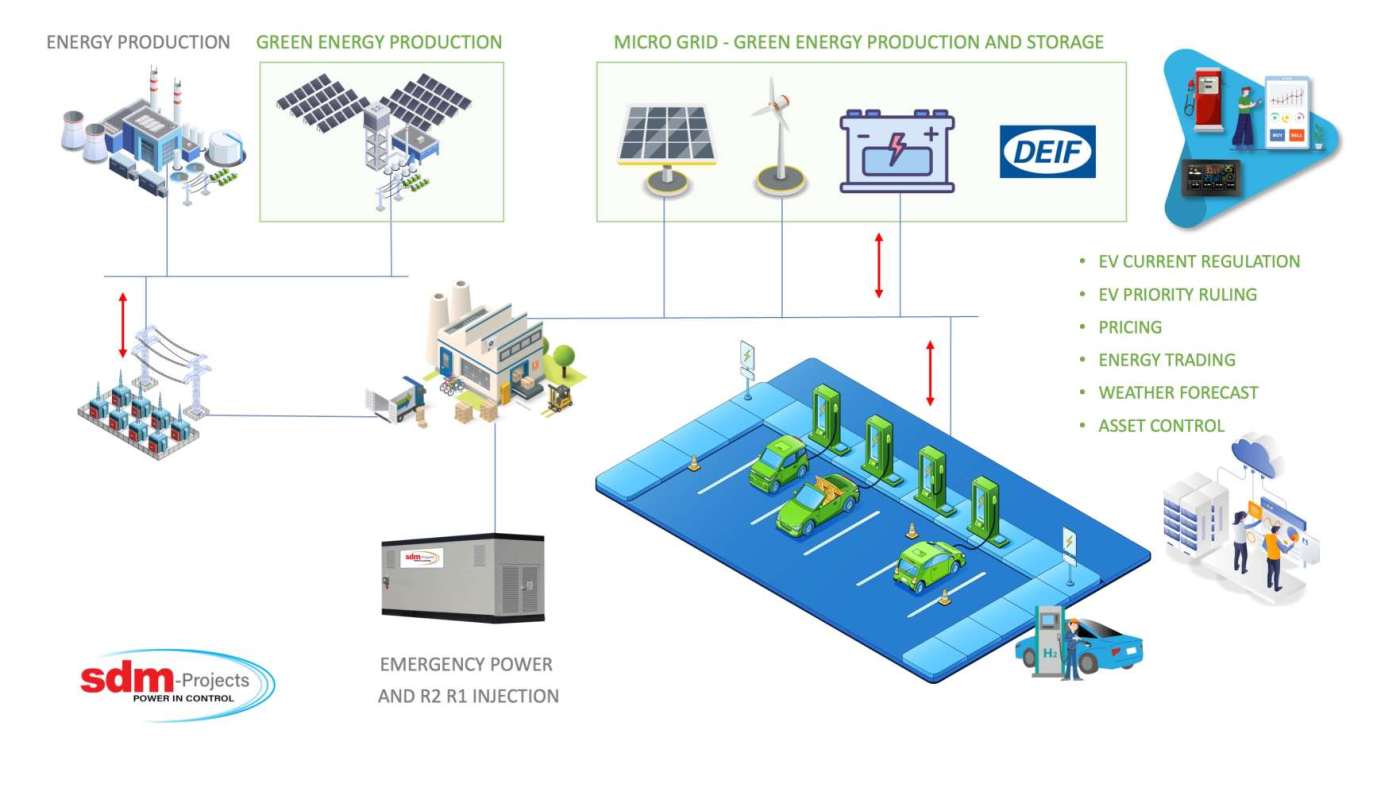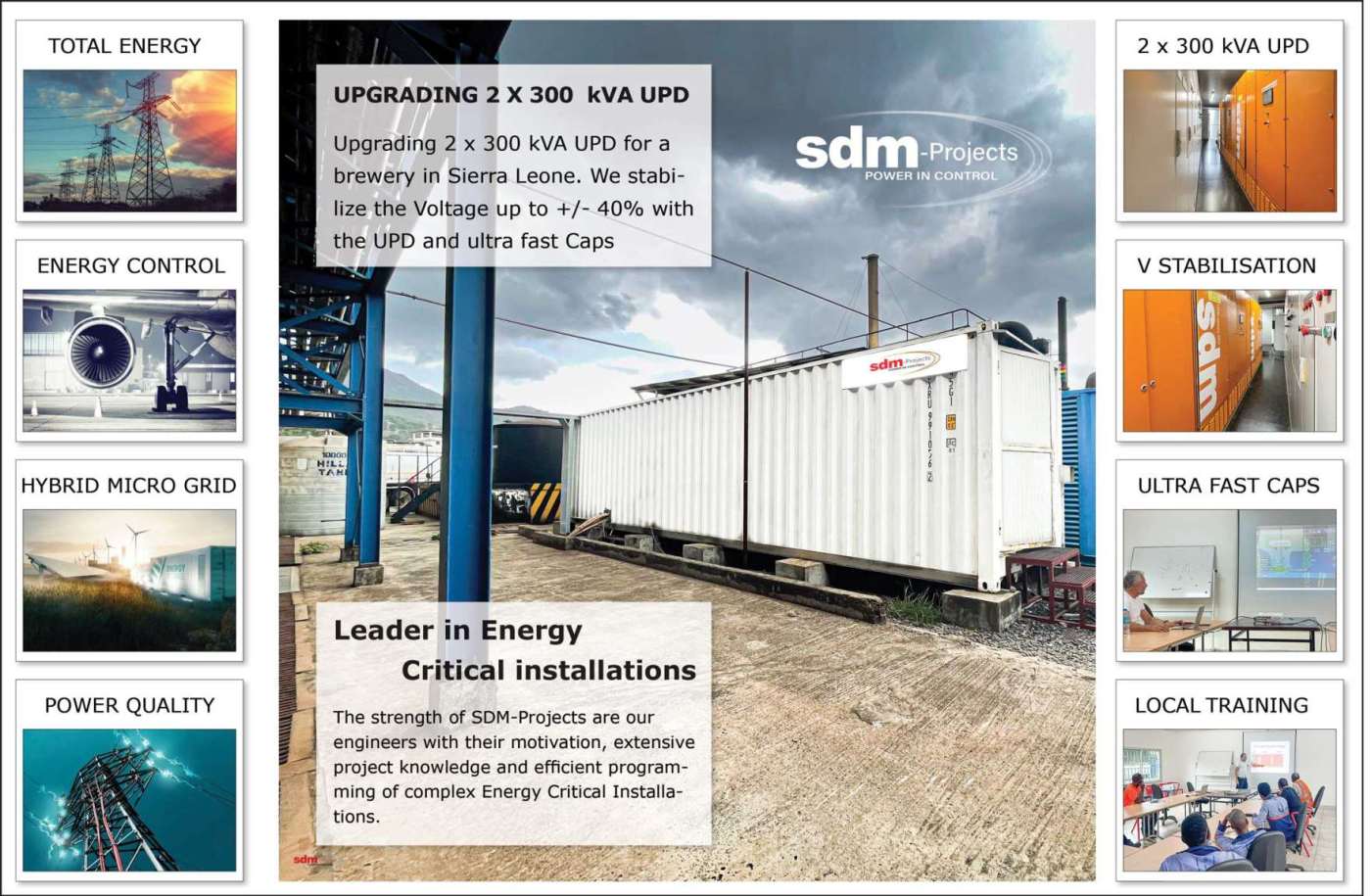Comparing DRUPS, RUPS and UPS
These three systems must ensure the uninterrupted supply of energy to the critical consumer. They are all different in construction, operation, operating costs and maintenance costs.
The DRUPS consists of a flywheel, a mechanical clutch and a motor. The emergency energy comes from the rotating flywheel and gives the motor time to start up and then the mechanical clutch closes to feed the critical energy.
– A DRUPS has very many mechanical and moving parts that are all sensitive to failure.
A failure on either the motor, the clutch or the alternator will result in no redundancy and a process stop.
Any error gives a total and prolonged outage without any redundancy.
DRUPS maintenance is time-consuming, labor intensive and very expensive.
– The RUPS consists of a rotor flywheel. The emergency energy comes from the inertia of the rotating rotor and provides energy as soon as there is instability or an interruption of the grid.
There are almost no moving or critical parts in the RUPS.
The emergency group is redundant to the RUPS and thus provides dual protection.
The IEM RUPS is made in Belgium.
Maintenance is inexpensive and simple.
Parts are standard and available everywhere.
– The UPS is a static inverter. The batteries are the energy reserve of the UPS if the grid fails. Then the emergency group starts and takes over the grid.
The emergency group is redundant to the UPS and thus provides dual protection.
– SDM-Projects installations are unique.
SDM-Projects chooses the right solution for the customer’s specific application.
We are official partners of IEM RUPS and Legrand UPS systems.
Not only do we provide redundancy in energy, but also with our DEIF controllers, dual control and cabling.
Through our unique design, the emergency groups become the backup of the grid during maintenance or failure of the RUPS or UPS.
The emergency groups can be tested at full power thanks to our intelligence DEIF controllers and parallel operation
SDM-Projects installations can be used for R2 and R1 grid injections to make your energy critical installation doubly profitable.






Leave A Comment